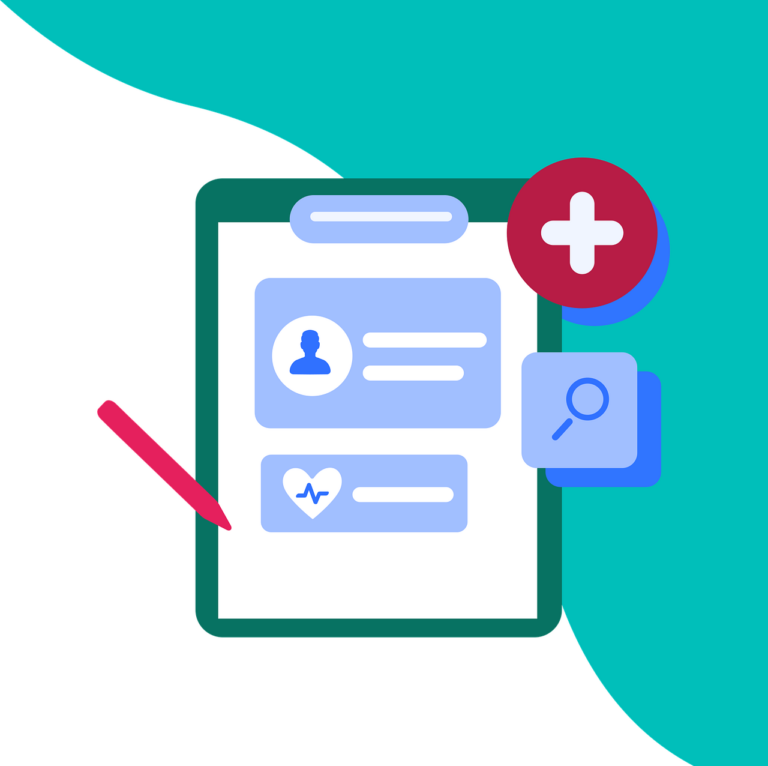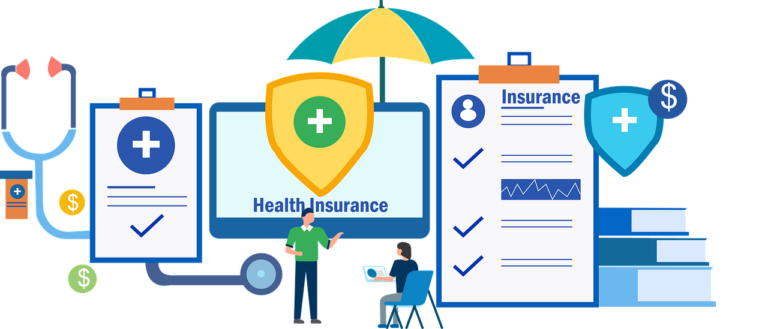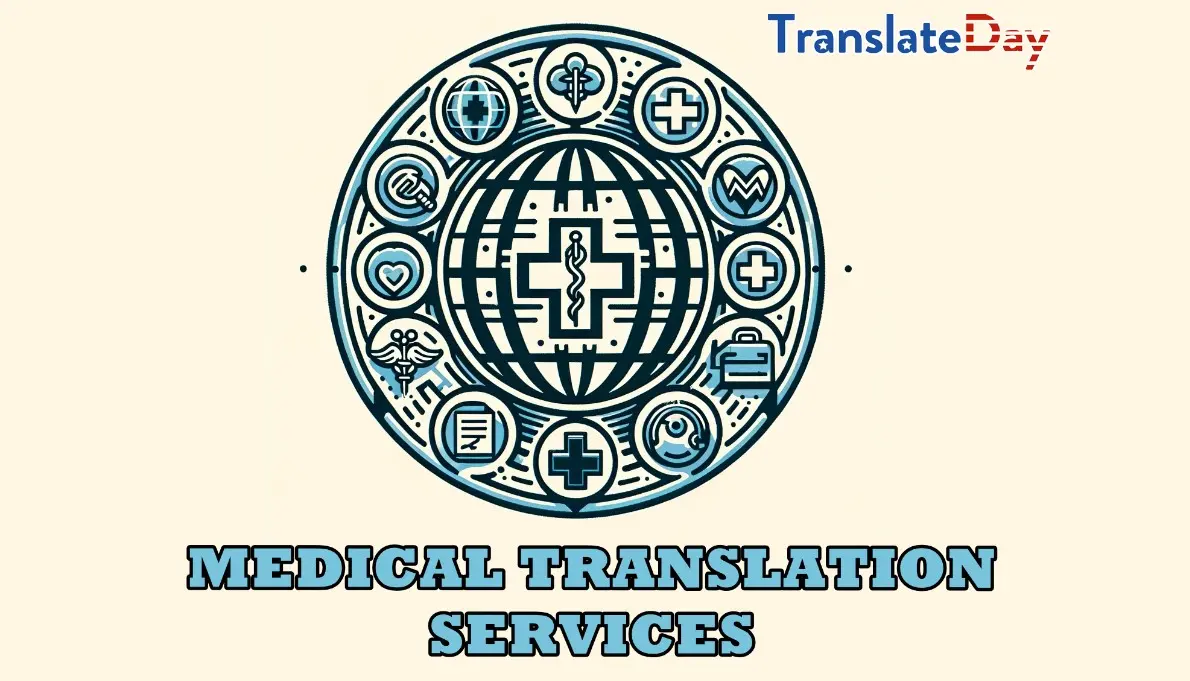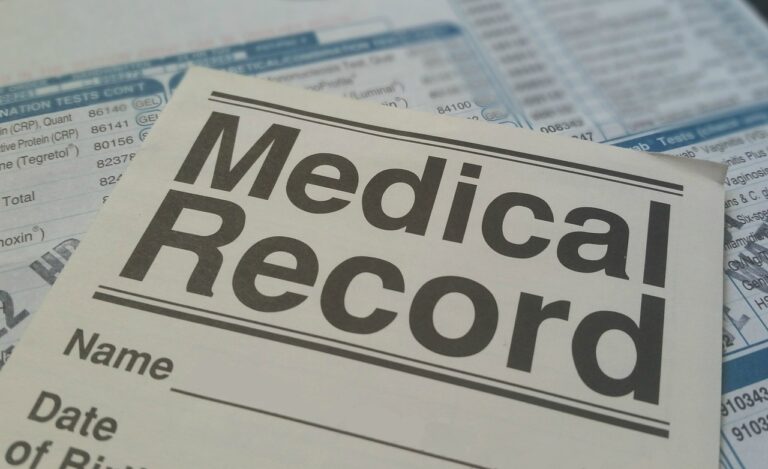In today’s globalized world, effective communication is vital, especially in the field of healthcare. Effective communication does not only apply to translators, but also to individuals and industries with requirements of translating medical documents.
Medical translations play a crucial role in ensuring accurate and reliable dissemination of medical information across different languages and cultures. However, misconceptions and doubts surrounding medical translations can lead to critical mistakes, impacting human’s life. In this article, we will explore the importance of providing data and solving doubts in medical translations services, shedding light on this essential aspect of healthcare communication.
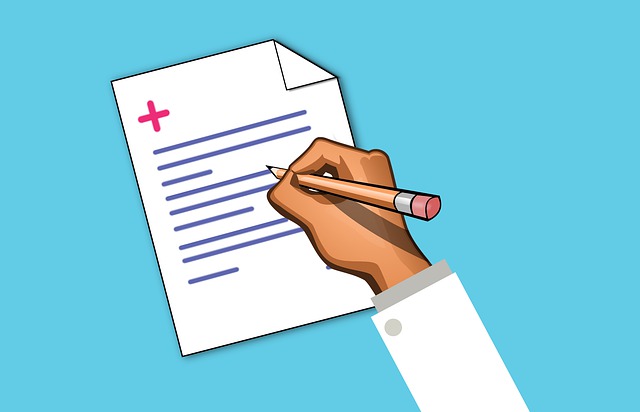
What are medical translations?
Medical translations involve the conversion of medical documents, such as patient records, prescriptions, research papers, clinical trial reports, and patient information leaflets, from one language to another. These translations are critical for effective communication between medical professionals, patients, and researchers worldwide.
There are many types of medical documents and each one has its own translation requisites
Why is accuracy crucial in medical translations?
Accuracy in medical translations is of vital importance due to the specialized nature of medical terminology. Inaccurate translations can lead to misunderstandings, potentially jeopardizing patient safety and the overall quality of healthcare services. Precise translations ensure that medical information is correctly conveyed, facilitating clear communication and minimizing the risk of misinterpretation.
Imagine a scenario where a prescription for a patient is being translated from one language to another. A minor inaccuracy in translation could mean the difference between administering 10 milligrams or 100 milligrams of a medication. Even worse, a completely different medication with a similar name could be prescribed due to translation errors. Such mistakes could arise from a translator’s lack of familiarity with specific medical jargon, relying too heavily on automated translation tools without proper review, or simply misunderstanding the context in which certain terms are used. The repercussions of such oversights can be severe, ranging from adverse drug reactions to potentially life-threatening complications.
How can accurate data be ensured in medical translations?
Ensuring accuracy in medical translations requires the expertise of professional translators who specialize in the medical field. These translators possess a deep understanding of medical terminology, ensuring accurate rendering of complex medical information. They rely on various resources, including medical dictionaries, glossaries, and reference materials, to maintain consistency and precision throughout the translation process.
What role does technology play in medical translations?
You may be thinking, what about using Technology and AI for medical translations? You are right, technology, particularly machine translation (MT) and translation memory (TM) tools, has significantly impacted the field of medical translations. However they still can’t match the understanding of a human when it comes to medical translations. Machines can sometimes get things wrong, especially with tricky medical terms or when a word has more than one meaning. Plus, cultural differences and unique patient details can be missed by computers. So, while technology helps, having a human expert double-check everything ensures the translation is spot-on.
While MT can be useful for generating initial translations, it often requires human intervention to ensure accuracy. TM tools, on the other hand, store previously translated content, enabling translators to maintain consistency and improve efficiency. Technology acts as a valuable aid for translators, enhancing their productivity and overall quality of translations.
What are the Main Challenges faced in Medical Translations?
Medical translations present unique challenges due to constantly evolving advancements, cultural nuances and differences in healthcare practices between countries. This are the 8 most challenging affairs in medical translation
- Constant evolution in medicine: The medical field is constantly advancing. New research, discoveries, and practices emerge regularly. Translators need to stay updated to ensure they’re translating the most current information accurately.
- Complex medical terminology: Medical jargon can be intricate and specific. A slight error in translating a term can lead to significant misunderstandings, making accuracy paramount.
- Cultural nuances: Medical practices and beliefs can vary widely between cultures. Translators must be sensitive to these nuances to ensure the translated content is culturally appropriate and respectful.
- Differences in healthcare practices: Medical procedures, treatments, or even the names of diseases might differ between countries. Translators must be aware of these differences to ensure clarity in their translations.
- Consistency along the document: Maintaining consistent terminology throughout a document, especially in lengthy medical reports or research papers, is crucial to avoid confusion.
- Ethical concerns: Patient confidentiality and the sensitive nature of some medical documents necessitate a careful and respectful approach to translation.
- Regulatory standards: Different countries might have specific regulatory standards for medical documents. Translators need to be aware of these to ensure the translated content complies with local regulations.
- Multidisciplinary knowledge: As well as doctors, medical translators often need to understand more than just medicine. They might need knowledge in areas like biology, pharmacology, or even medical law, depending on the content they’re translating.
How can doubts and concerns about medical translations be addressed?
To address doubts and concerns about medical translations, it is essential to establish clear lines of communication between translators, medical professionals, and patients. This can be achieved through the following measures:
Collaboration
Encouraging collaboration between translators and medical professionals allows for a better understanding of the context and specific requirements of the translation. Regular communication ensures that doubts are promptly addressed, leading to accurate and effective translations.
Quality Assurance
Implementing quality assurance processes, such as rigorous proofreading, editing, and review cycles, can help identify and rectify any errors or inconsistencies in the translated documents. This further enhances the reliability and accuracy of medical translations.
Feedback and Evaluation
Encouraging feedback from all stakeholders, including medical professionals and patients, provides valuable insights into the effectiveness of the translations. Feedback helps identify areas for improvement and ensures that future translations meet the specific needs of the target audience.
Conclusion
Medical translations play a vital role in facilitating effective communication in the healthcare industry. Accurate data and the resolution of doubts are critical for ensuring precise and reliable translations. By employing professional translators, encouraging collaboration, implementing quality assurance processes, and leveraging technology, we can overcome challenges and provide accurate medical translations that meet the needs of diverse audiences. Clear communication channels and continuous improvement efforts will undoubtedly contribute to the provision of high-quality healthcare services globally.



